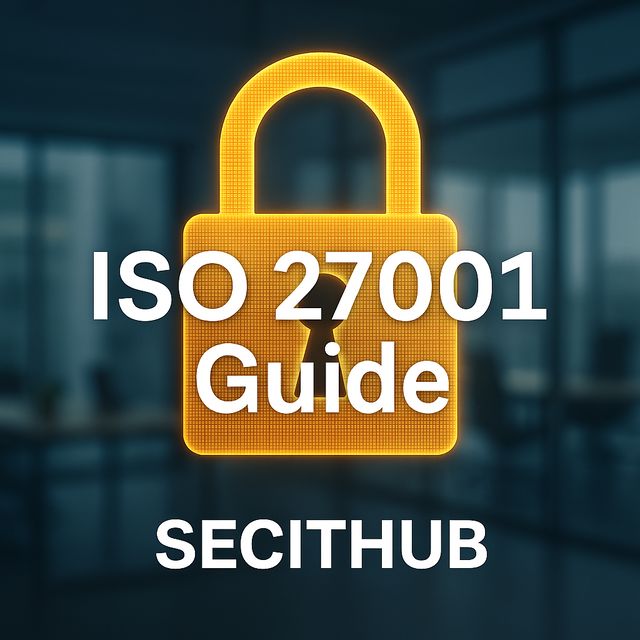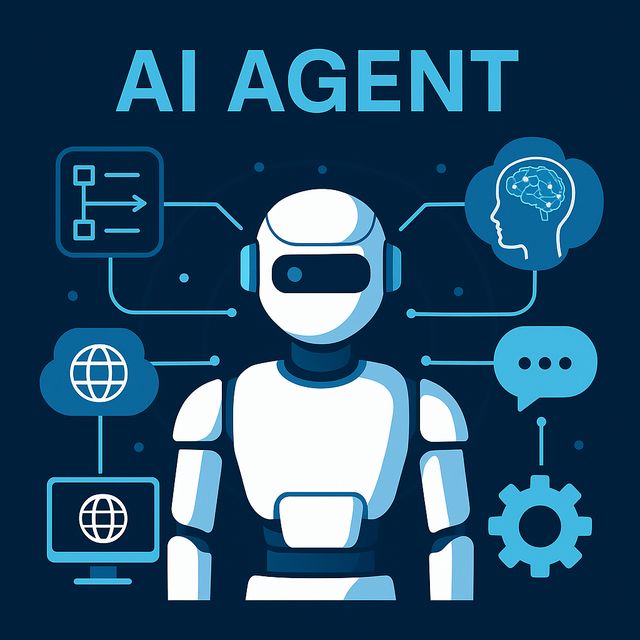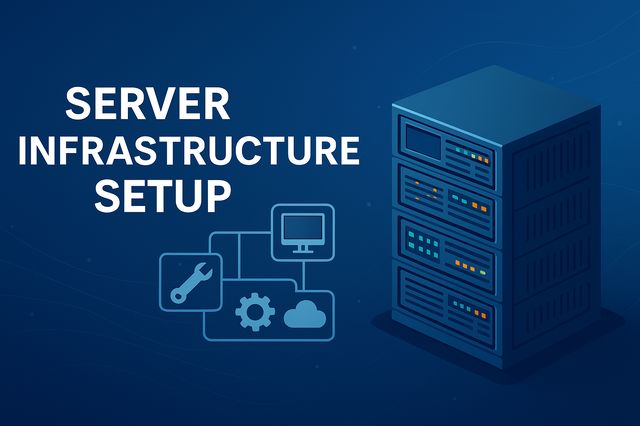Securing CI/CD pipelines through DevSecOps is essential to prevent supply-chain attacks, credential leaks, and code tampering in modern software development.
By embedding security checks, secrets management, and continuous monitoring into every stage of integration and deployment, organizations ensure that innovation and protection evolve together.
DevSecOps isn’t a toolset it’s a cultural and operational framework that turns every developer and operator into a guardian of code integrity.
Continuous Integration and Continuous Delivery (CI/CD) pipelines have become the engine of modern software development. They enable rapid innovation, frequent releases, and automation that allows small and mid-sized businesses (SMBs) and enterprises alike to compete in fast-moving markets. But with this speed comes risk: each stage of the pipeline source code management, build automation, artifact repositories, testing, deployment presents potential vulnerabilities.Attackers know this. Supply-chain breaches, credential leaks, and poisoned open-source libraries have turned CI/CD pipelines into prime targets. The solution is not to slow down development but to integrate security directly into DevOps practices a discipline known as DevSecOps. This approach embeds security controls and cultural responsibility into every stage of the pipeline, ensuring speed and safety can coexist.
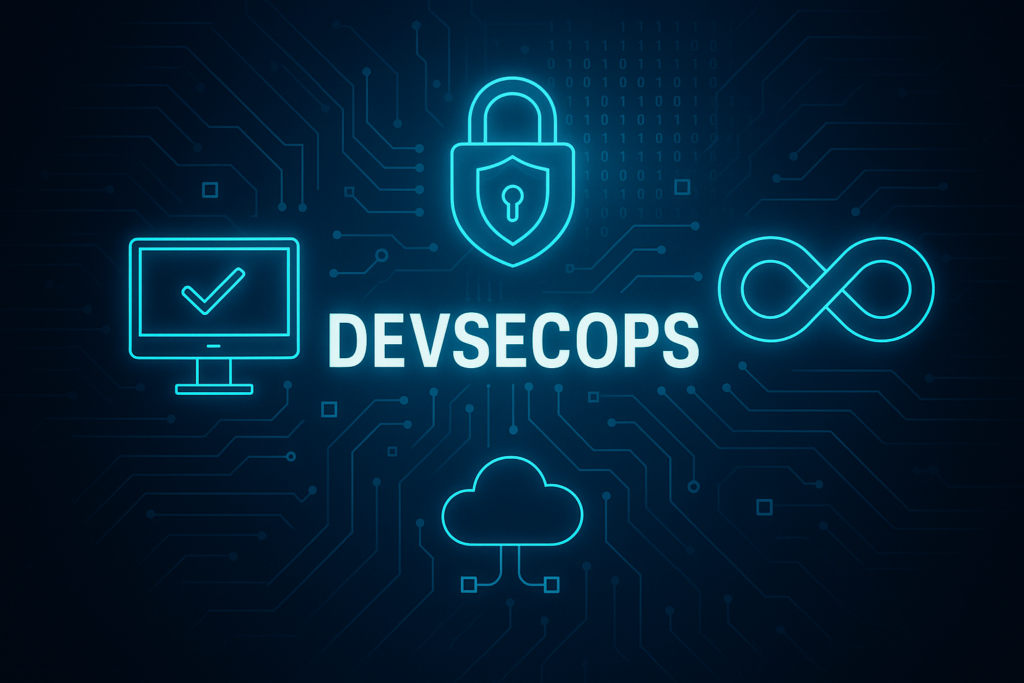
Understanding the Security Risks in CI/CD
Every automated pipeline step is a potential entry point for adversaries. Source code repositories can be cloned and altered if access is poorly managed. Build servers may execute malicious scripts if dependencies are tampered with. Secrets such as API keys, tokens, and passwords often end up hard-coded or left in plain-text files, making them easy prey for attackers.
Container images and Infrastructure-as-Code (IaC) templates, if not validated, can propagate misconfigurations across cloud environments. Even automated deployment systems can be hijacked to push malicious code into production.
The result of these weaknesses is significant: a single vulnerability in a CI/CD process can give an attacker persistence across the entire environment, allowing them to move laterally, exfiltrate sensitive data, or shut down business operations.
Protecting CI/CD is no longer a “developer problem.” It is a business continuity imperative. Organizations that fail to secure pipelines expose themselves to costly downtime, reputational damage, and regulatory violations.
Building Blocks of a Secure CI/CD Pipeline
To make DevSecOps real, organizations must implement technical controls across the entire software delivery chain.
The critical components include:
- Source Code Security | Enforce multi-factor authentication, role-based access, and signed commits in repositories. Use static application security testing (SAST) and software composition analysis (SCA) to detect flaws and vulnerable dependencies.
- Secrets Management | Store API keys, credentials, and tokens in secure vaults. Rotate them regularly and prevent their exposure in logs or code.
- Build Integrity | Harden build servers against unauthorized changes. Validate all dependencies through cryptographic signing.
- Container and IaC | Security Scan images and templates for vulnerabilities and misconfigurations before pushing them into registries or production.
- Automated Testing | Integrate dynamic application security testing (DAST) and fuzzing into pipelines for runtime assurance.
- Continuous Monitoring | Feed logs and telemetry from pipelines into SIEM/XDR platforms for real-time detection of anomalies.
This layered approach ensures no single failure compromises the entire delivery process.
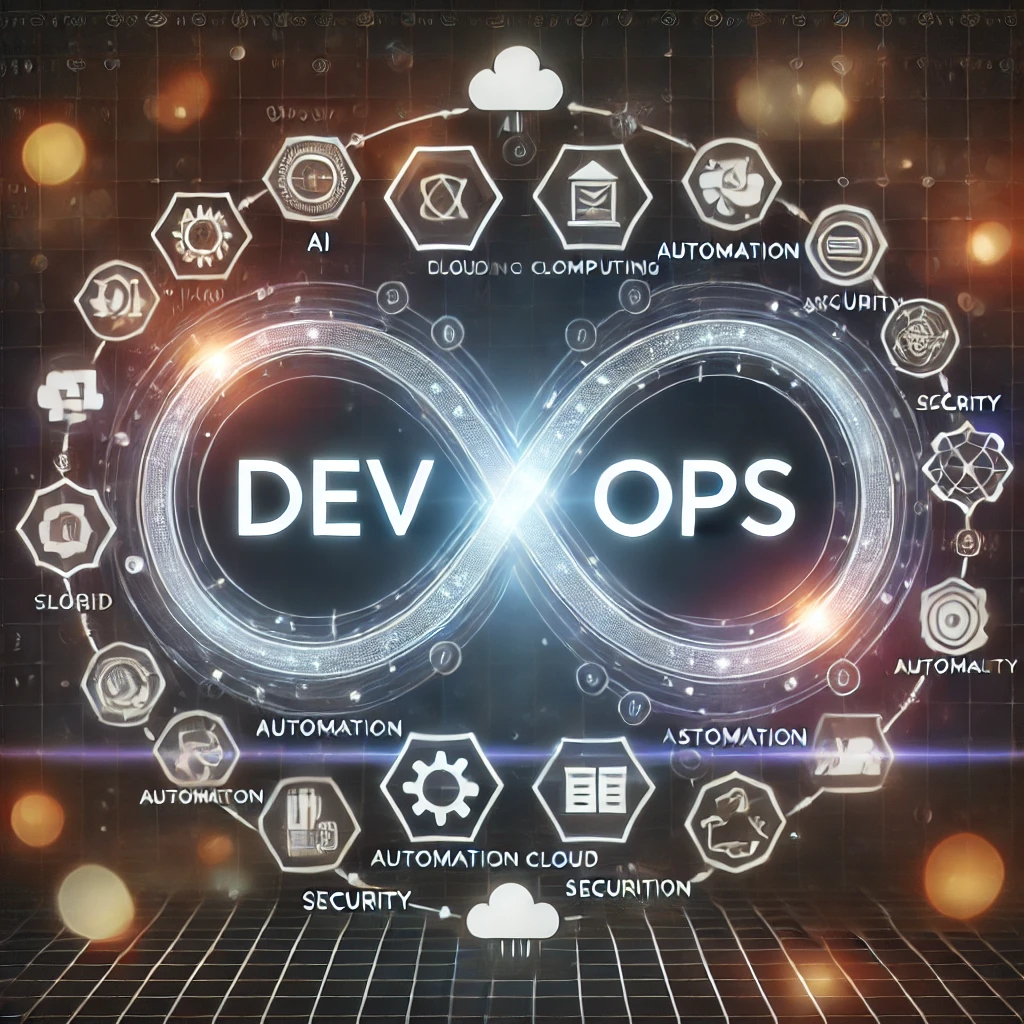
DevSecOps for SMBs and Enterprises
Large enterprises may lead in adopting DevSecOps, but SMBs arguably need it even more. A successful supply-chain attack can cripple smaller organizations that lack the resources to recover from prolonged downtime. Fortunately, many DevSecOps practices are now available through cloud-native tools and managed services, making them accessible without massive capital investment.
For SMBs, the focus should be on practical, high-value controls: securing repositories with MFA, implementing automated code scanning, and outsourcing SOC monitoring where in-house resources are limited. For enterprises, scaling DevSecOps across hundreds of pipelines requires centralized governance, consistent policies, and integration with compliance frameworks such as ISO 27001, HIPAA, and GDPR.
Regardless of size, the outcome is the same: organizations can innovate at speed without sacrificing trust, compliance, or resilience.
Culture, People, and Continuous Improvement
Technology is only part of the solution. True DevSecOps success depends on culture. Development teams must be trained to understand secure coding practices. Security specialists must act as enablers rather than gatekeepers, providing developers with the tools to embed security without slowing down releases. Operations must ensure infrastructure is resilient and continuously monitored.
Continuous improvement is also critical. Threat landscapes evolve, and so must security controls. Regular retrospectives should be held to analyze incidents, refine policies, and update pipelines. Metrics such as mean time to remediation (MTTR), vulnerability density, and compliance pass rates should be tracked to measure progress.
Embedding this culture creates a security-first mindset across the organization, turning DevSecOps from a project into a sustainable practice.
Conclusion
Securing CI/CD pipelines is no longer optional. In an era of supply-chain compromises and cloud-native attacks, DevSecOps offers the blueprint for balancing speed and security. By embedding controls across the software lifecycle, leveraging automation, and fostering a collaborative culture, organizations of all sizes can protect their innovation engines.
For SMBs and enterprises alike, the message is clear: your CI/CD pipeline is both your greatest strength and your greatest risk. With DevSecOps, it can be your strongest line of defense

Because CI/CD automation connects every part of modern software delivery. A single vulnerability in source code, build servers, or dependencies can compromise entire production environments.
Common threats include leaked credentials, malicious open-source dependencies, compromised containers, and manipulated build processes all of which can lead to data loss or ransomware attacks.
DevSecOps embeds security checks and automation throughout development, from signed commits and secret vaults to automated scanning and continuous monitoring — without slowing delivery.
Yes. Cloud-native tools and managed DevSecOps platforms (like GitHub Advanced Security or AWS CodePipeline) make strong pipeline security affordable for SMBs.
It’s about shared responsibility developers, operations, and security teams collaborate continuously, ensuring that security becomes part of the workflow, not a blocker.
References
DevSecOps: Quick Guide to Process, Tools, and Best Practices – hackerone
What Is DevOps Security (DevSecOps)? – tigera
